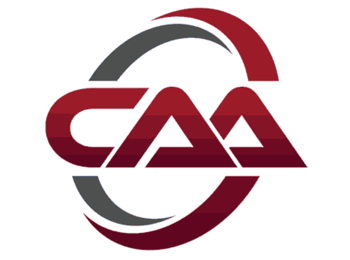
"What would you attempt to do if you knew you could not fail?” -Robert Schuller
The passage of this relief bill brought some changes that we had been hoping to see for months (notably the deductibility of PPP-related expenses), but there is much more to this relief bill than merely that, and the $600 stimulus payments that get all of the press.
So I thought I'd delve a little deeper than I did last week on the high points of this CAA bill.
Eviction Relief
This new measure extends the moratorium on evictions under the CARES Act, designed to protect renters from eviction, until January 31, 2021. That means, if you are a renter, you have one more month to get right. For landlords, you need to know that you will have to wait one more month.
PPP-Related Provisions
As I mentioned, businesses are now allowed to deduct expenses associated with their forgiven PPP loans -- this is amazing news.
Further, the new law provides $284.45 billion to reopen and strengthen PPP for first and second time borrowers and reauthorizes the program through March 31, 2021. However, the requirement in order to receive a second PPP is that the small business has less than 300 employees and can demonstrate a revenue reduction of 25 percent.
Oh and simplified forgiveness applications for loans under $150K. Every lender will handle slightly differently, but what the bill indicates is that the borrower signs and submits a one-page certification that requires the borrower to list the loan amount, the number of employees retained, and the estimated total amount of the loan spent on payroll costs. That's it!
The bill also expands the list of eligible expenses to include covered operations (software, cloud computing and other human resources and accounting needs), PPE, covered supplier costs and damage costs due to public disturbances.
Oh, and I had missed this last one before, but this is also a very nice bonus: the bill repeals the CARES Act provision that requires borrowers to deduct their EIDL Advance from their PPP loan forgiveness amount.
Also very nice.
If you have already applied for forgiveness under previous provisions, you will want to contact your lender to find out how you can take advantage of these new provisions. Be patient, though ... they will certainly be slammed.
More EIDL
The new law provides $25 billion to restart and extend the EIDL Advance Grant for small businesses in low income communities, AND it creates a process for existing EIDL Advance grantees that received less than $10,000 to reapply for the difference between what they received and the maximum EIDL Advance Grant of $10,000. Here is where you can do that.
Employee Retention Credit For The Win
Beginning on January 1, 2021 (and through June 30, 2021), the new relief bill:
- Increases the payroll tax credit rate from 50 percent to 70 percent of qualified wages. Very nice.
- Also it expands eligibility for the credit by reducing the required year-over-year gross receipts decline from 50% to 20% and provides a safe harbor allowing employers to use prior quarter gross receipts to determine eligibility. This might not seem significant, but believe me, for the right business, this is VERY good news.
- Increases the limit on per-employee creditable wages from $10,000 for the year to $10,000 for each quarter. Much more generous.
- Increases the 100-employee delineation for determining the relevant qualified wage base to employers with 500 or fewer employees.
Here's the best part: employers who receive Paycheck Protection Program (PPP) loans may still qualify for the ERTC with respect to wages that are not paid for with forgiven PPP proceeds. Previously, you had to choose one program or the other ... now, as long as you qualify for both (see above for those newly-expanded qualifications), you can use both.
Further Miscellany
- Go take some clients out for meals! Because there's now 100% deduction for business meal food and beverage expenses (provided by a restaurant) that are paid or incurred in 2021 and 2022. Last year, this was only 50% ... now it's full.
- Contractors who were temporarily unable to work due to facility closures and other restrictions will be able to receive reimbursement for paid leave from federal agencies. This is great news.
It remains to be seen what inflation will result from all of these measures ... or exactly how all of this will be paid for by Uncle Sam, but that's not my lane.
BE THE ROAR not the echo®
Warmly,
Janet Behm
Utah Real Estate Accountants
(801) 278-2700